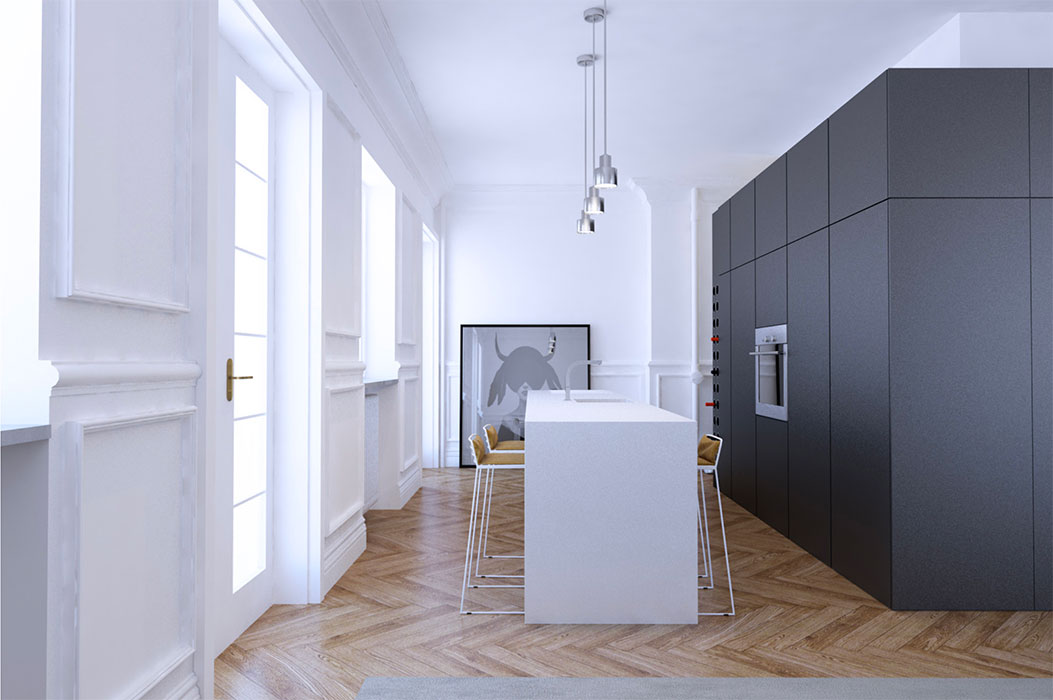
Value 2.0 meas scale up by 2 and 0.001 is the same as 1:1000. Value 1.0 means the exported items will have the same size what they have in ARCHICAD.

Multilight: Here you can activate Multilight option.Please see the Command Line page for more details. Command Line: Additional command line parameters of Maxwell render (MXCL) can be specified here.Low is set by default as it allows you to keep working on your scene while rendering without a big slowdowns and without a very noticeable performance loss in the render. Priority: This sets the priority of the rendering process in your computer hierarchy.0 means all available and -1 or -2 mean all but 1 or all but two. Threads: Here you can select how many threads of the CPU processor you want to use for a render. If you select the GPU engine, a gear icon will show up so you can select which cards you want to use for rendering). Engine: Here you can choose between CPU Production (good for final render using only the CPU), CPU Draft (good for quick previews it's what FIRE uses, but it doesn't render channels, Multilight sliders, or stores the MXI file) or GPU.

If you want to stop the render manually just set the time to a very high value as well as the SL (a high SL normally unreachable can be SL 30 an exterior render can be ready at around SL 13-15 an interior render may need an SL 15-18) Whichever is reached first it will stop the render.

Please make sure Maxwell Render Engine is the current ARCHICAD render engine! General Settingsįrom here you can control the basic render settings such as specify the output, render time, sampling level etc. All Maxwell parameters are accessible from PhotoRendering Settings panel once Maxwell rendering engine is the active engine. This page describes all the different parameters the ARCHICAD plugin adds to the UI. It means you don’t have to go to Maxwell Studio to finalize your scene settings you can do it directly inside ARCHICAD. Into the ARCHICAD plugin we integrated nearly all the available Maxwell parameters. You can open this dialog from the 3D Visualization palette or from the menu Document > Creative Imaging > PhotoRendering Settings. pln's into a separate file where the heavy lifting takes place (polygon count wise think of detailed firniture) and use them for rendering, BimX exporting and such.Inside the ARCHICAD environment PhotoRendering Settings dialog is the common place of the render parameters. Some offices tend or try to keep their files as clean as possible and hotlink the "technical". Good work discipline doesn't take much effort and saves a lot of time and headaches! Always duplicate and give a new name (e.g. Since you can't change the index number in Archicad's interface one strategy consists of pre-generating 'blanks': empty attributes you can fill in when in need.īeware of changing template attributes. You could also make a project specific block.

If you migrate one of your projects suddenly some things would display wrongly.
#Archicad render update#
Next update there are 4 new hatches – your own hatches would start at 77 now. One example: The current last hatch has index number 72. I recommend to split them at the hundred marks: attr To be consistent over many years it is easier to 'reserve' blocks of index numbers for Archicad and for your own attributes, so you can ease the 'update pain'. Index management is an integral part of Archicad.
#Archicad render code#
Maybe you want to have a look at my Workspace configuration, using the wonderful Archicad objects made by me, or just write GDL code easier. I'm using them daily, so they might not be too much rubbish. Handcrafted deligthful attributes for Archicad and template(s).


 0 kommentar(er)
0 kommentar(er)
